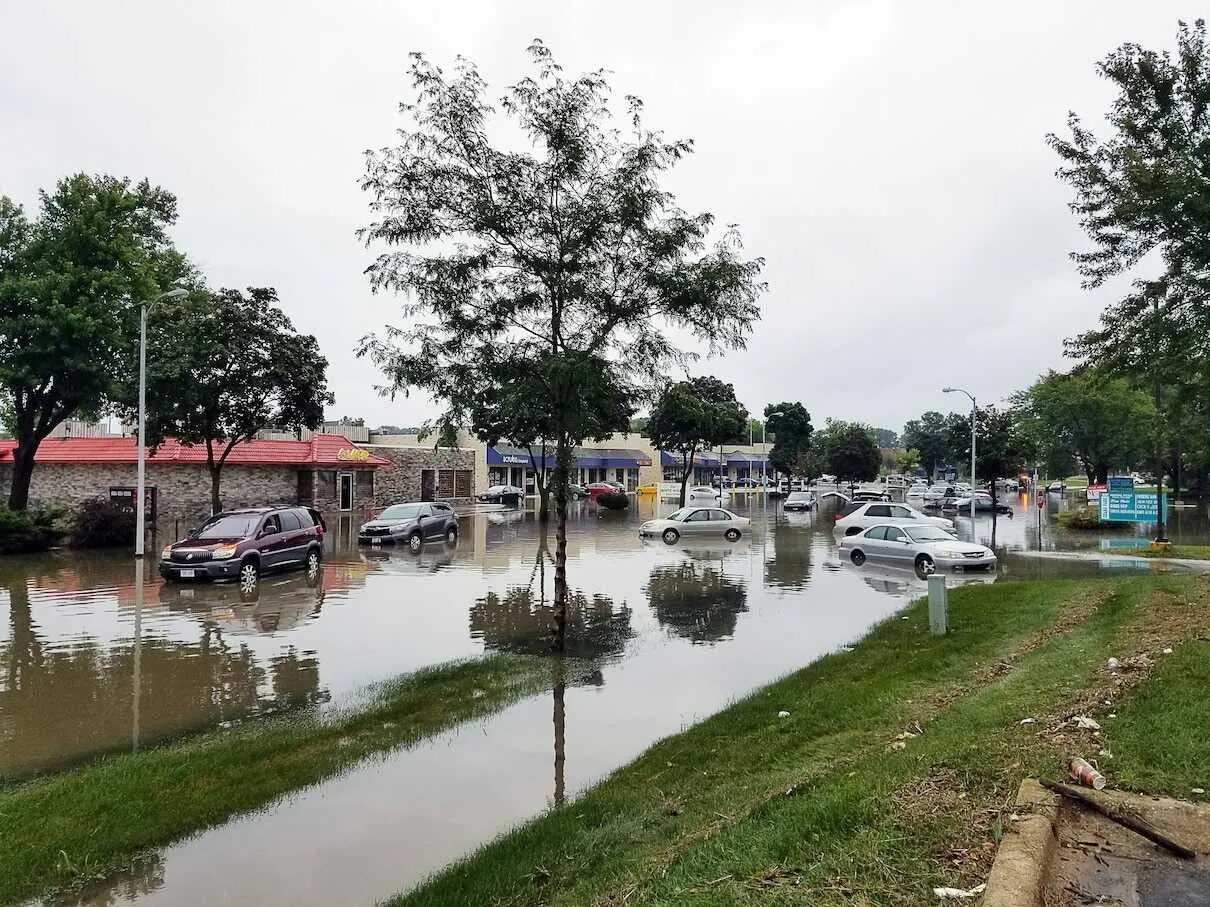Water Damage Mitigation vs Remediation

Customer Reviews
Dry Kings has become the most trusted restoration company serving homeowners and business owners in the Bay Area. See what our customers have to say.
"Cyndie, Dion, and the team at Dry Kings were a pleasure to work with. We had water seep into a bedroom while we were out of town, and Dry Kings sent a team out on Saturday morning to start the drying process, test for mold, and remove any contamination. They communicated well, and we felt that we were in good hands. We would definitely reach out again should the need arise."
"Our house has had very bad luck with three water-related issues in 18 months. Each time we called out DryKings to save the day. In each case the super personable individuals evaluated the damage and instantly sprang into action. They did a fantastic job devising a game plan to remove the water as fast as possible while also ensuring all aspects of the house met the dry standard to ensure no mold/mildew growth. I truly enjoyed working and getting to know the crews. Each person was truly kind and cared about helping our home to get fixed ASAP. I hope I don't have to call them a 4th time, but if I do I will call them IMMEDIATELY!"
"Dry Kings efficient supportive service could not have done better to take us thru a stressful period after we found rats had gnawed thru water pipes and water had been leaking between the sheet rock and the outer walls for an unknown period of time. Edward was there day after my late day call to assess the project. He clearly described the needed work, the projected timeline and estimated costs. Andres worked with Ed to dismantle the shelves, cabinets and laundry equipment and also with Juan to encapsulate the room so the remediation processes could dry out the walls and remove mold without damaging the room contents. He and Ed efficiently took the project from dismantling, thru dryout and mold remediation. Cyndie kept the schedules of the various workers seamless, responding almost immediately to juggle scheduling changes for the plumbing company, Ed, Andres and Juan. We are relieved and grateful for the efficient, professional service that came in below estimate!"
